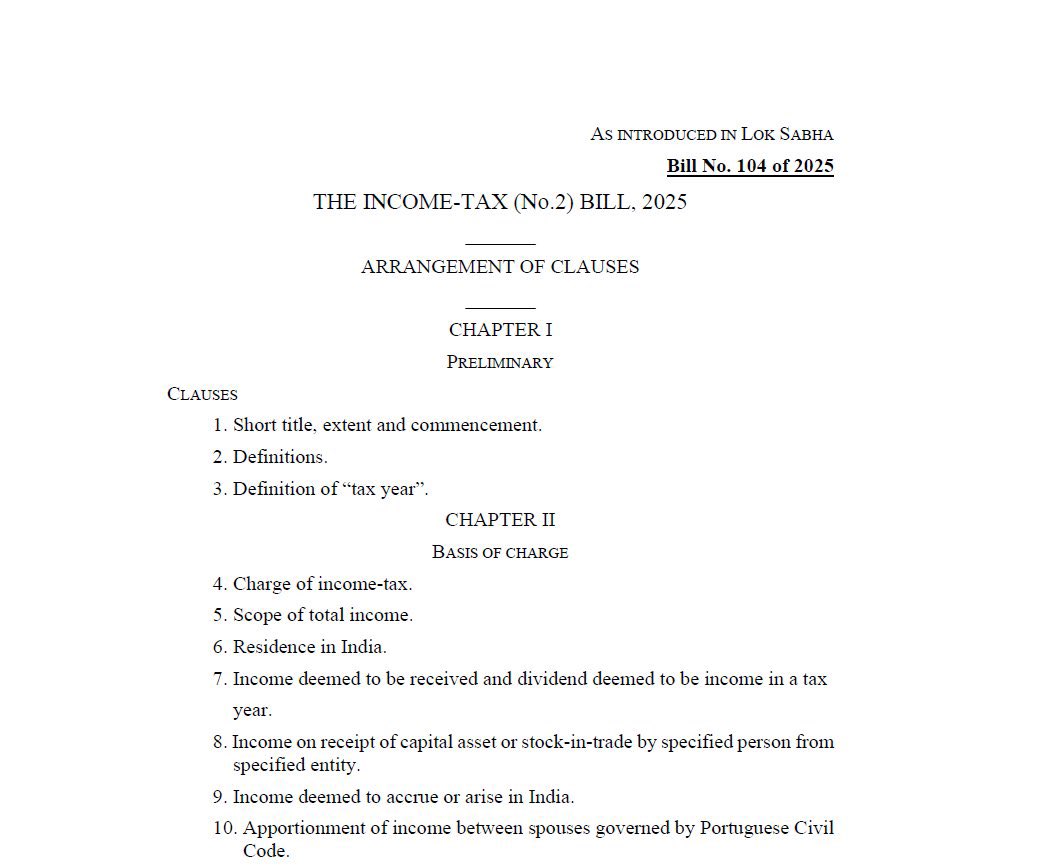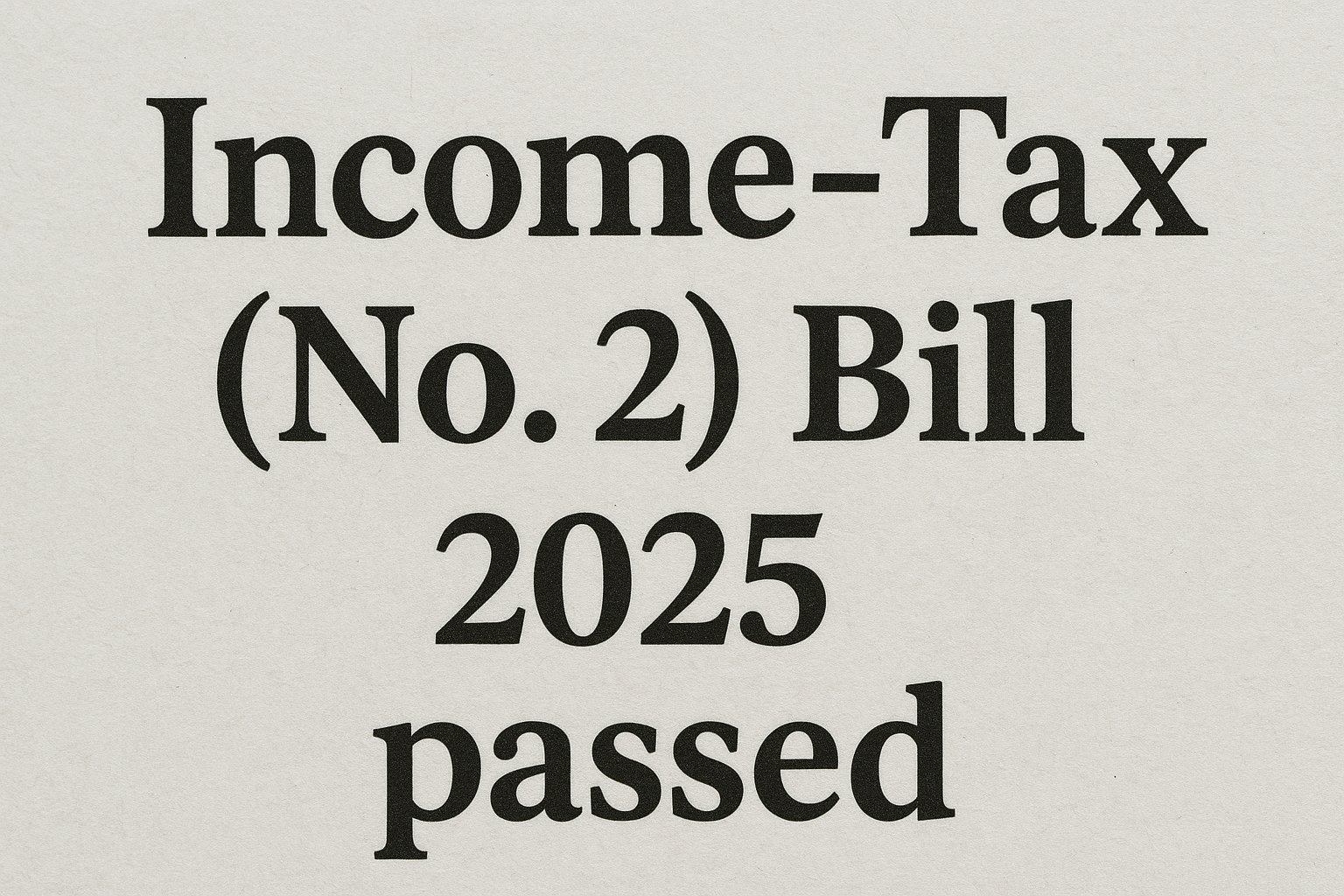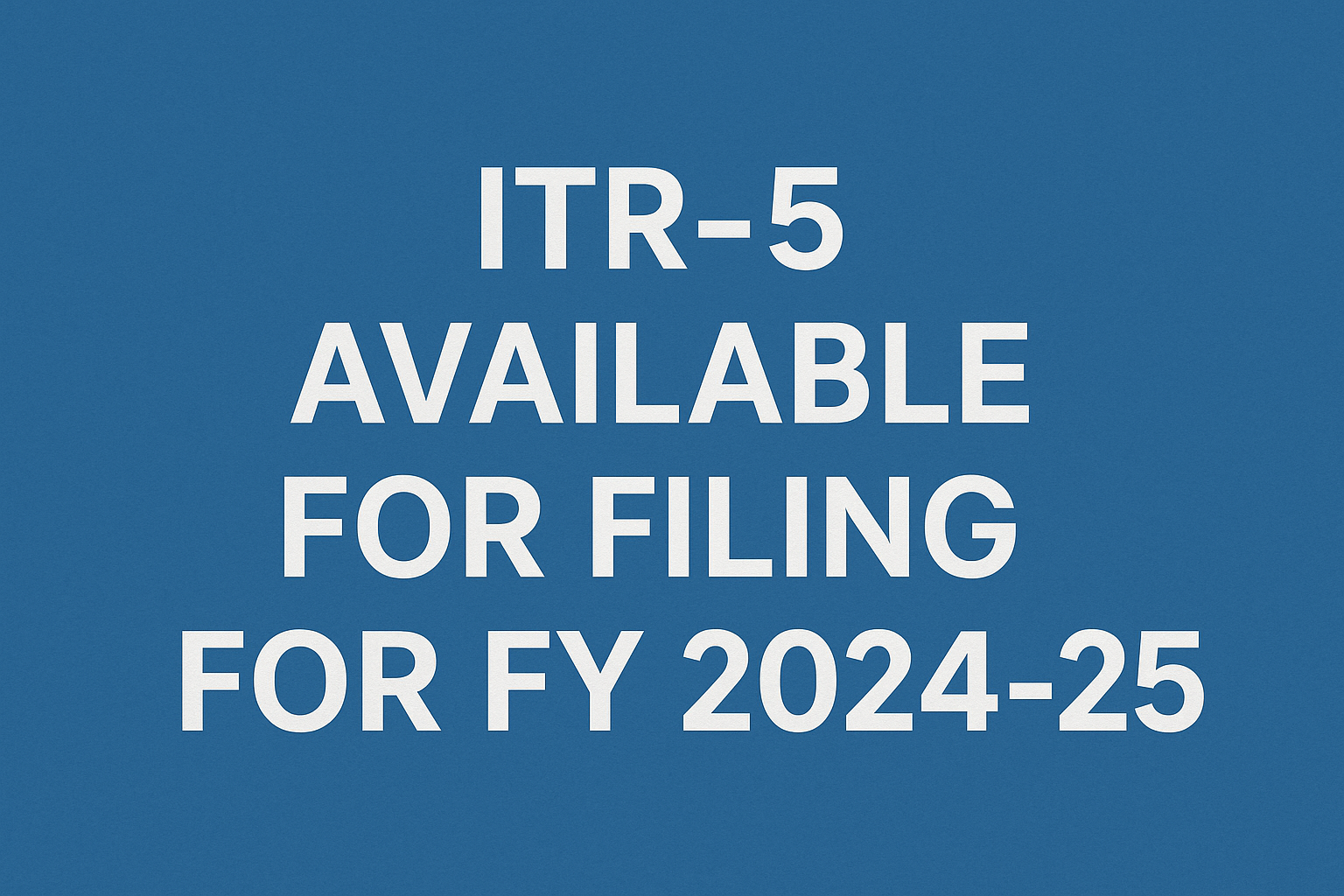Investing money wisely is crucial for financial security, and individuals choose from various options like mutual funds, stocks, real estate, gold, government schemes, and fixed deposits (FDs). While mutual funds and stocks offer higher returns, they come with market risks. Gold and real estate provide stability but require significant capital and have liquidity constraints. On the other hand, fixed deposits (FDs) remain a preferred investment choice for many due to their safety, assured returns, and ease of access. However, interest earned on FDs is subject to Tax Deducted at Source (TDS), which can reduce your returns
Fixed Deposit (FD) interest is subject to Tax Deducted at Source (TDS) if it exceeds a certain threshold. The Finance Act 2025 has introduced key changes in TDS rules, including increase in the TDS threshold for interest under Section 194A. These changes will be effective from April 1, 2025.
Let’s explore these changes and how you can save TDS on FD interest.
Important Change from 1st April 2025: Increase in TDS Threshold on FD Interest (Section 194A)
- Current Rule (Before April 1, 2025):
- TDS is deducted at 10% if interest on FD exceeds:
- ₹40,000 for regular individuals
- ₹50,000 for senior citizens
- TDS is deducted at 10% if interest on FD exceeds:
- New Rule (Effective April 1, 2025):
- The threshold for TDS deduction is increased to ₹50,000 for regular individuals.
- For senior citizens, the Increased to ₹1,00,000.
- This means fewer people will have TDS deducted on their FD interest.
2. How to Save TDS on FD Interest?
If your total income is below the taxable limit, you can submit Form 15G or Form 15H to your bank to avoid TDS deduction on FD interest.
(A) What is Form 15G & Form 15H?
| Form | Who Can Submit? | Conditions to Fulfill |
|---|---|---|
| Form 15G | Individuals below 60 years & HUFs | Total taxable income should be below ₹4,00,000 |
| Form 15H | Senior citizens (60+ years) | Total taxable income should be below ₹4,00,000 |
Click here to download form 15G
Click here to download form 15H
(B) How to Submit Form 15G/15H?
- You can download the form from your bank’s website or submit it online via net banking.
- Submit the form at the beginning of the financial year to avoid unnecessary TDS deductions.
- The form needs to be submitted every financial year.
(C) Example on How Form 15G/15H Helps
- Case 1: Rohan (aged 45) earns ₹45,000 as FD interest but has no other taxable income.
- Without Form 15G, the bank will deduct 10% TDS on ₹5,000 (₹45,000 – ₹40,000 threshold).
- If he submits Form 15G, no TDS will be deducted.
- Case 2: Meera (aged 65) earns ₹1,10,000 as FD interest, but her total taxable income is ₹3,80,000 (below ₹4 lakh).
- Without Form 15H, the bank will deduct 10% TDS on ₹10,000 (₹1,10,000 – ₹1,00,000 threshold).
- If she submits Form 15H, no TDS will be deducted.
Fixed deposits remain a reliable investment choice for those seeking safety and steady returns. However, TDS on FD interest can reduce your earnings, especially if your total income is below the taxable limit. With the Finance Act 2025increasing the TDS threshold under Section 194A from ₹40,000 to ₹50,000 for individuals (₹50,000 to ₹1,00,000 for senior citizens), fewer taxpayers will be affected by automatic TDS deductions. Additionally, submitting Form 15G (for individuals below 60) and Form 15H (for senior citizens) can help eligible investors avoid unnecessary tax deductions. By understanding these rules and using tax-saving strategies wisely, you can maximize your FD returns and improve your financial planning.
Visit www.cagurujiclasses.com for practical courses










